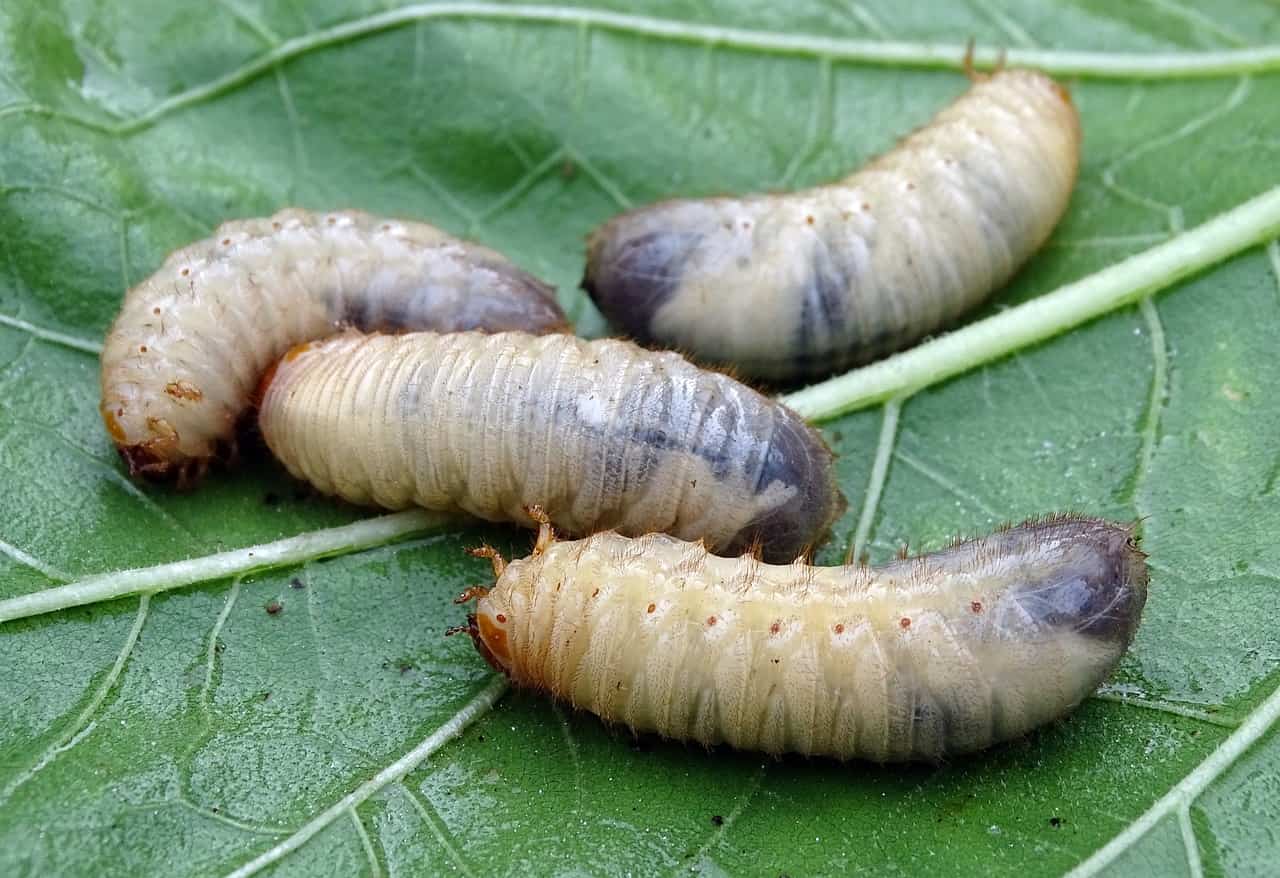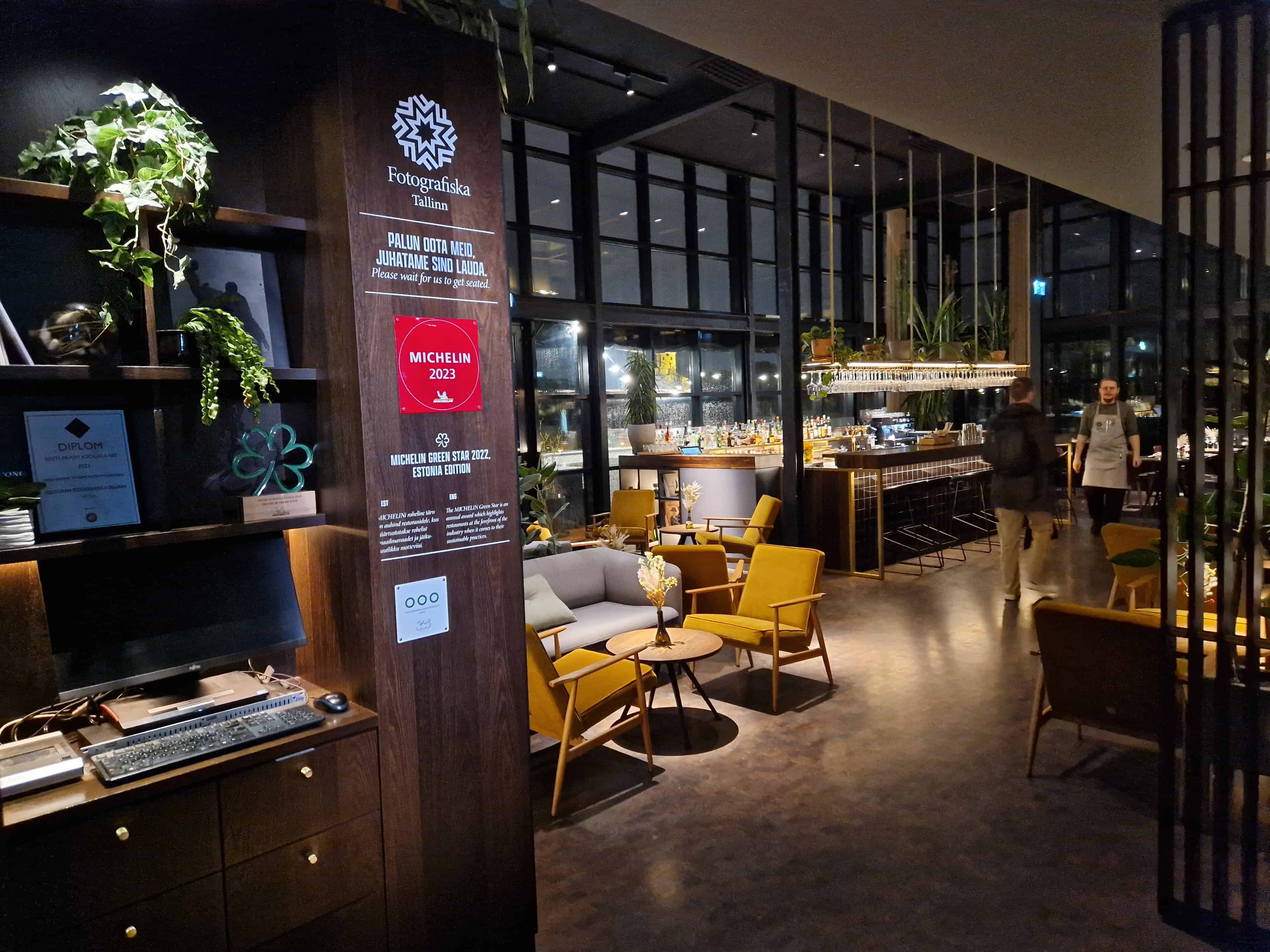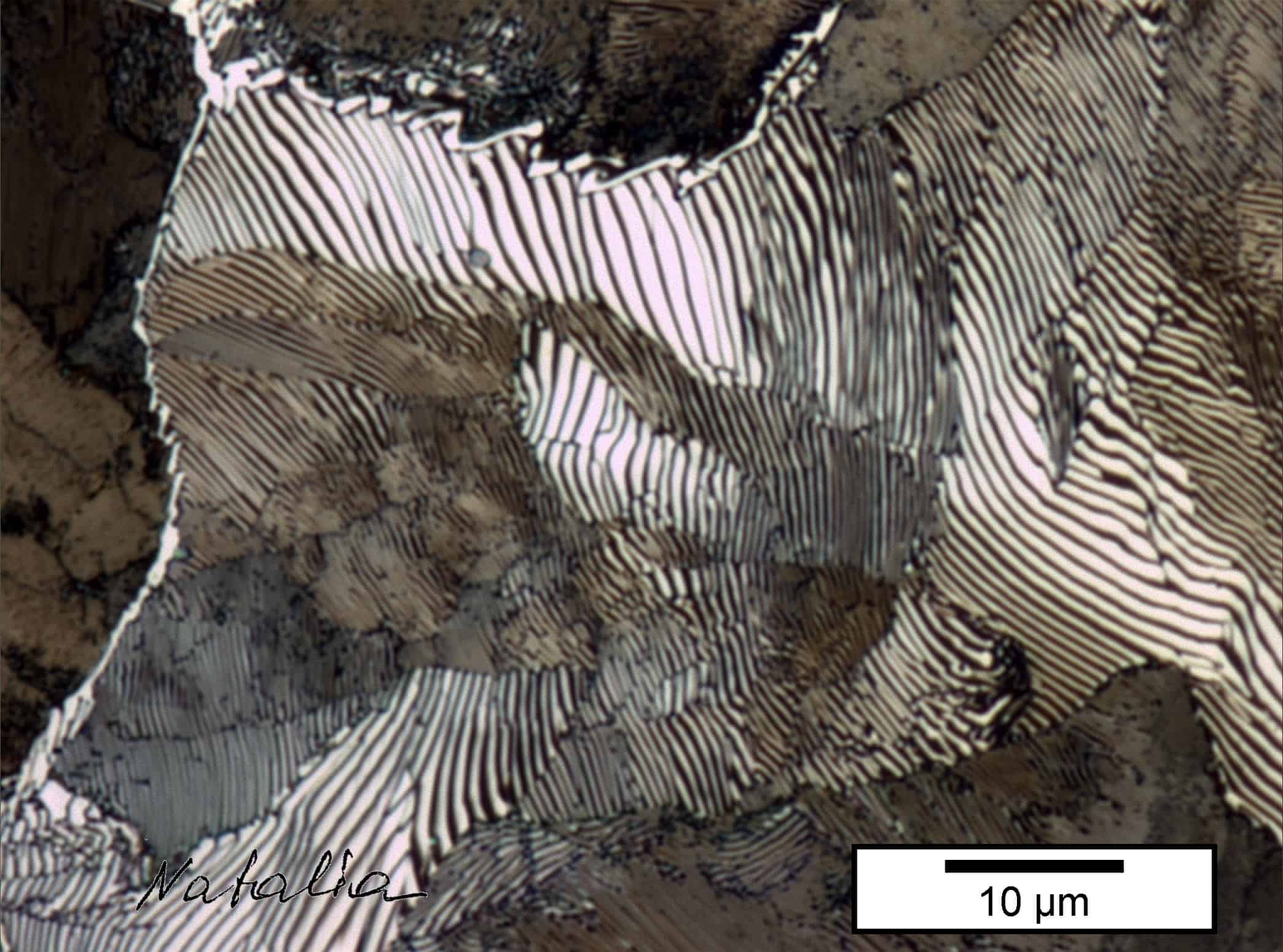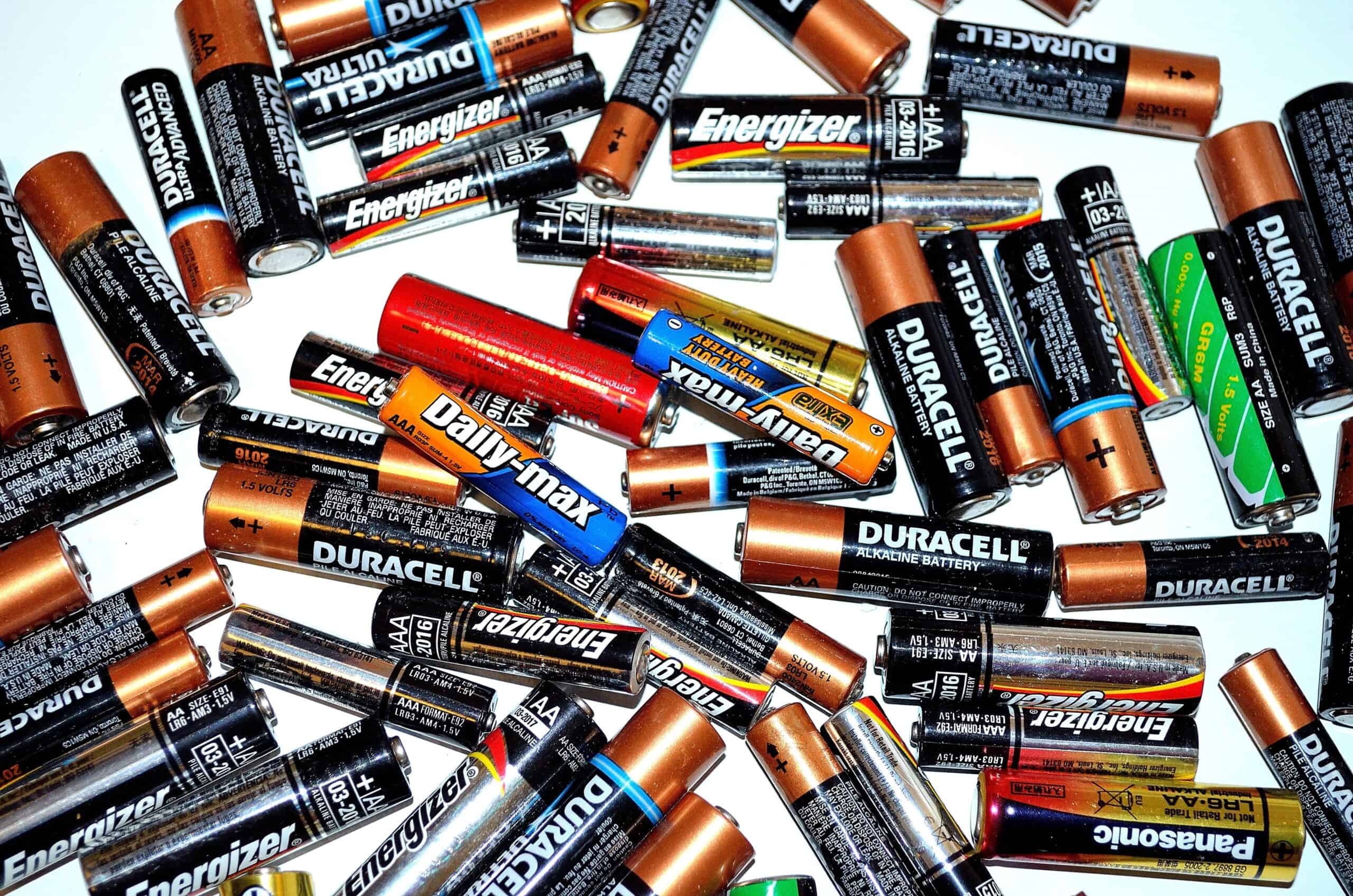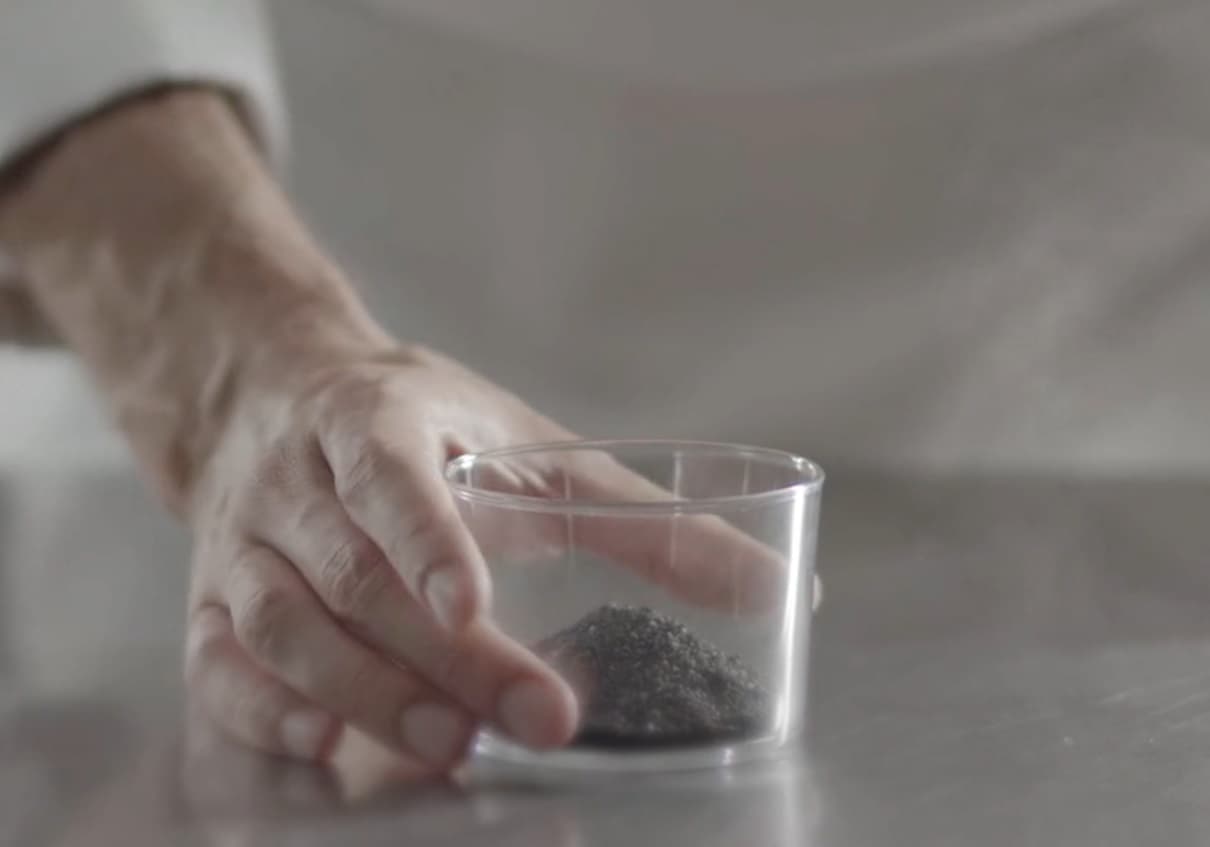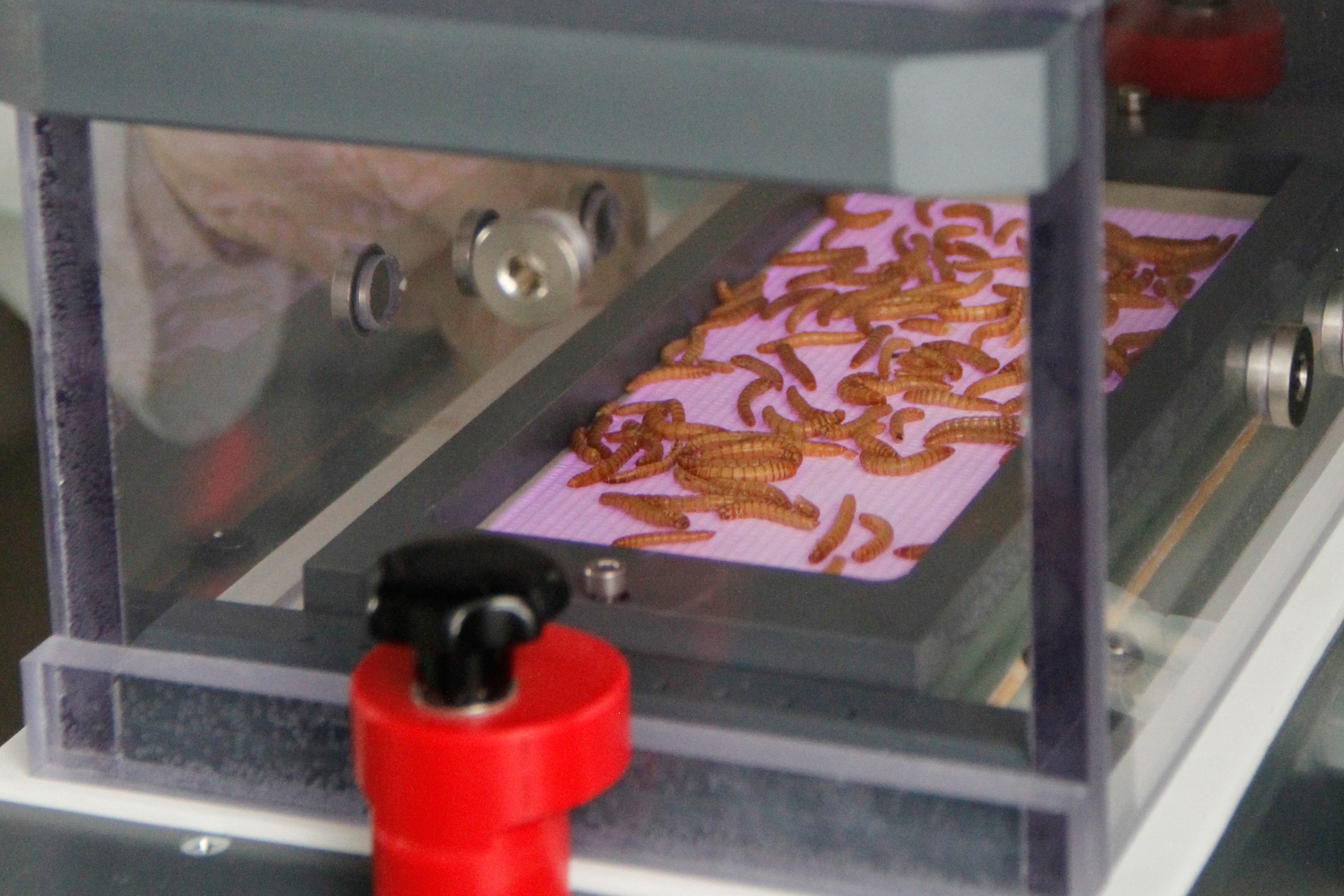
Food that is thrown away because it can no longer be sold, or that goes straight from our refrigerators into the trash can simply because its best-before date has expired, is a threat to the sustainability of our food supply systems. This amounts to between 95 and 115 kg/year per capita in the EU.
According to figures from the Food and Agriculture Organization (FAO), global food waste totals around 1.3 billion metric tons each year. From production to commerce to the end consumer. This food, which is no longer suitable for human consumption, is in the best-case scenario either composted, used as animal feed, or for energy production in biogas plants.
Insects as waste recyclers
One promising new way of sustainably exploiting food waste is to feed it to insects. Which in turn, they themselves can then serve as food for farm animals. In contrast to animals in conventional livestock farming, such as poultry, insects are far better at recycling food. They also require less space, water, and feed and have far less of an impact on the environment.
“For example, the production of 1 kg of crickets causes only about 0.3% of greenhouse gas emissions that poultry farming emits,” the ATB scientists explain. The crickets themselves would be suitable for human and animal diets. This is due to their high-quality and nutritious content. But they could also be used for the production of non-food products, such as biofuels, pharmaceuticals or colorants.
Feed composition effects on growth
Thanks to their rapid growth, insects could efficiently recycle large quantities of food waste within a short time. “The success of waste-based insect production depends on the insect species, the housing conditions and especially the composition and quality of the insect food,” says ATB scientist Dr. Shikha Ojha. “If the feed composition varies, as is common with bio-waste, this can have a major impact on the growth rates of animals, their maturation period, and downstream processing. Which invariably makes it challenging to maintain a stable process control system.”
Also interesting: German start-up breeds insect larvae as feed for farm animals
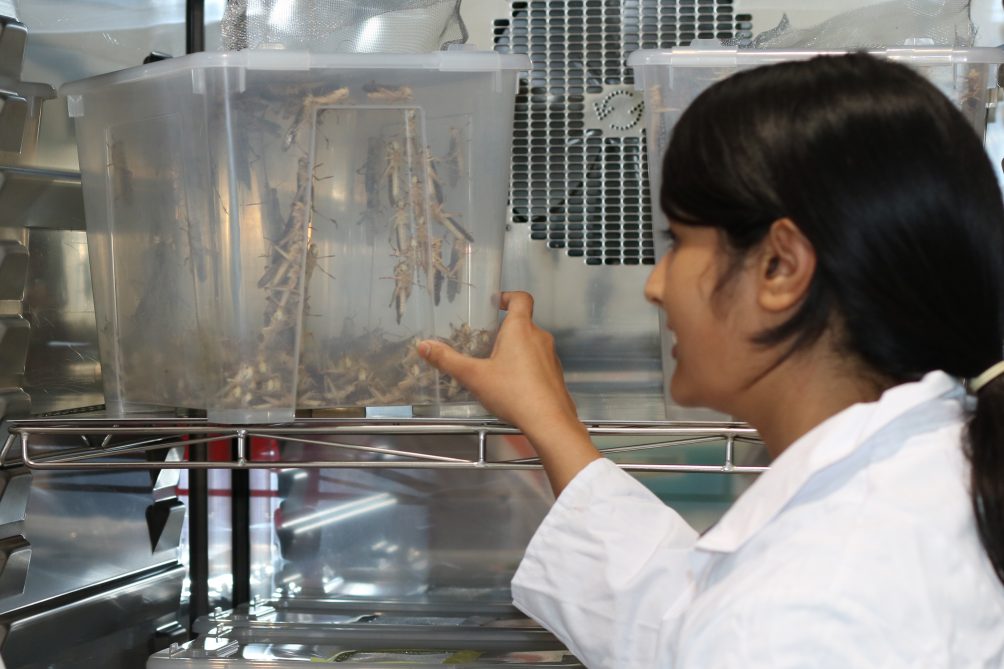
However, according to the scientists, there is still a need for research into the process design of insect breeding. And also into post-harvest food safety. For example, physical and biological methods of waste treatment – such as homogenization and fermentation – could improve the digestibility and bioavailability of nutrients for the insects. Research is currently focusing on post-harvest processing techniques. These include blanching and drying methods. As well as new processes like the use of plasma, high-voltage pulse and ultrasound technologies.
Studies at ATB have shown that treating mealworms with plasma reduced their microbial load. At the same time, it also improved the technological functionality of the product. “The use of novel pretreatments in combination with extraction technologies can improve the recovery of key macromolecules from insect matrices.”
Waste becomes fertilizer
The Potsdam research team emphasizes that further research is also needed to evaluate the environmental impact of introducing insects into food and feed production systems. Recent studies have shown “that the production of insect biomass is twice as sustainable as that of poultry meat.” Although the environmental impact is much lower, the recycling of waste streams must still be given more consideration in the overall assessment. “A climate-friendly use of bio-waste in feeding insects in order to generate high-quality products fits in ideally with the concept of a circular economy. Plus it can contribute to making our food system more sustainable,” the researchers stated.
Nevertheless, breeding insects with food waste is not entirely devoid of other types of waste. Some bio-waste from unused food, discarded skins, and feces are left over. However, these can be used as fertilizer in agriculture – in line with the principles of a circular economy.
The ATB researchers have published their findings in a review article in the Waste Management trade journal.
Title photo: Plasma treatment for the sterilization of mealworms. Photo: Rumposch © ATB


